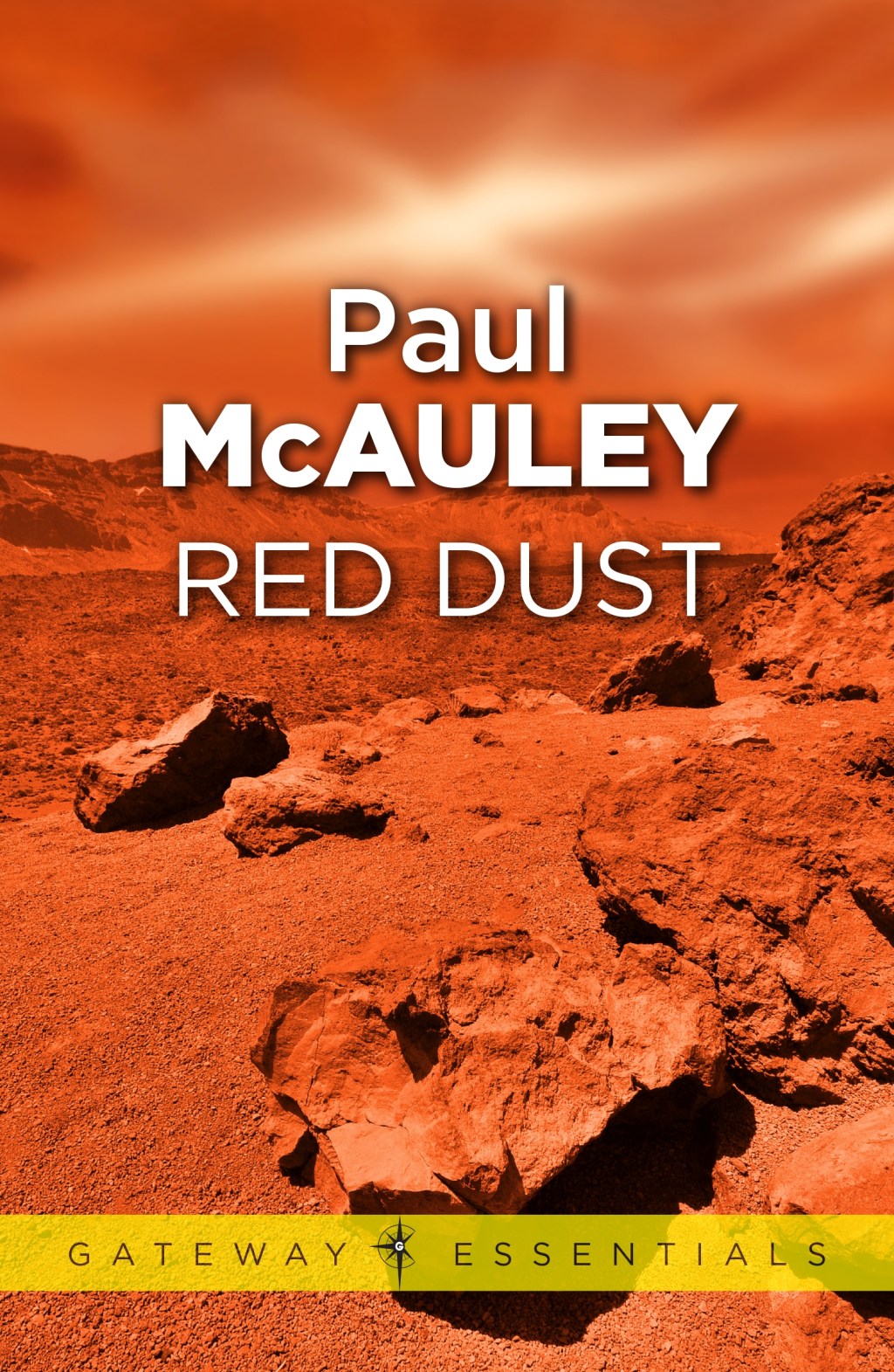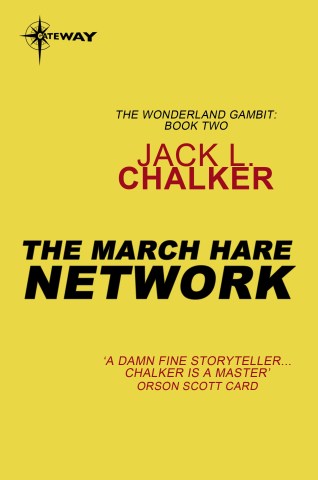Taking care of shadows

The phrases ‘expose to the right’ or ‘expose for the highlights’ are common in photography. Protecting the highlights in a photo is regarded as important, because it’s easier to salvage shadow detail than it is to repair blown highlights. But the shadows do still require some attention!
 Here, you can see lots of blocked shadows.
Here, you can see lots of blocked shadows.
A spike to the histogram’s left happens when a significant number of pixels have a brightness reading of zero or pure black. In small numbers, these blacks would be no problem and would ‘anchor’ the image, helping to provide a good range of contrast. But if there are so many of these pixels that they are showing up as a spike, the picture will probably contain areas of dense or ‘blocked’ shadows with no usable detail. Quite possibly, you’ve underexposed.
 A spike at the histogram’s left shows possible under-exposure.
A spike at the histogram’s left shows possible under-exposure.
Are blocked shadows as damaging as completely burned-out highlights? Probably not. While an absence of highlight detail in clouds looks wrong or is really undesirable in a wedding dress, we are pretty accustomed to being unable to distinguish details in darkness and shadow. We wouldn’t usually be as concerned about blocked shadows as about burned-out highlights.
A significantly underexposed picture will certainly appear unpleasantly dark on the LCD panel. We would be able brighten it up afterward on computer and interesting detail might be revealed in the shadows, though nothing will have been captured in those parts of the frame which are completely blocked. Would we want our final picture to contain large areas of pure black? Sometimes we might, but more often we would want there to be at least some interest in the picture’s darker shades.
 Blocked shadows don’t always ruin a picture, but they can make it unattractive.
Blocked shadows don’t always ruin a picture, but they can make it unattractive.
When the histogram shows that the highlights are not burned out, we could add some exposure compensation and repeat the photograph. But if the highlights are already nearly blown-out, we could often choose to leave the exposure as it is and let the shadows look after themselves.
Another important reason for avoiding underexposure is that the shadows may contain unacceptable amounts of digital noise—a grainy and colored speckling caused by a low signal-to-noise ratio coming from the imaging sensor. When we brighten an underexposed image, we may make this noise much more noticeable to the viewer, and while programs like Lightroom can counter this degradation of image quality, it clearly makes sense to avoid the problem in the first place.
101 Top Tips for Black & White Digital Photography is John Beardsworth’s exploration of the most powerful techniques for converting your colour shots into stunning, high-quality black-and-white photos, with detailed explanations of how each tool works and why you should try it on your own images. In addition to providing an abundance of step-by-step instructions with brilliant imagery, Beardsworth also teaches the aesthetic value of black and white, and how to visualize the creative potential of each shot.
 101 Top Tips for Black & White Digital Photography, by John Beardsworth
101 Top Tips for Black & White Digital Photography, by John Beardsworth
£6.99 Download the PDF now!
This PDF version retains the styling of the original print book.
RRP for print edition: £14.99



